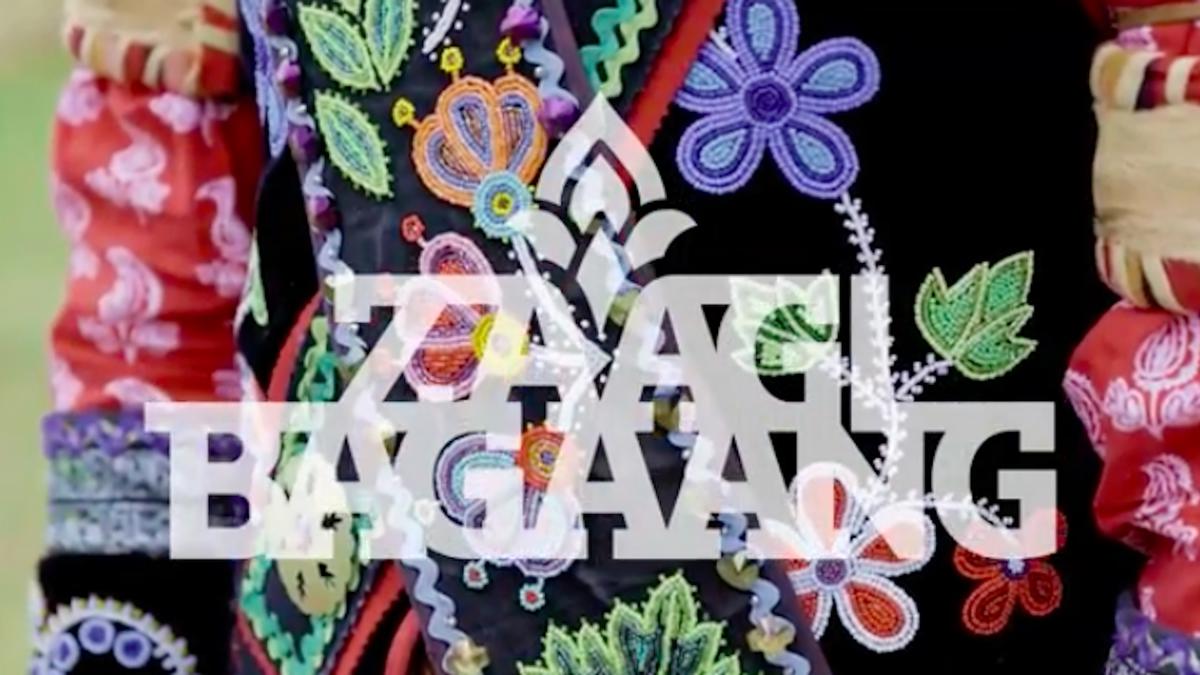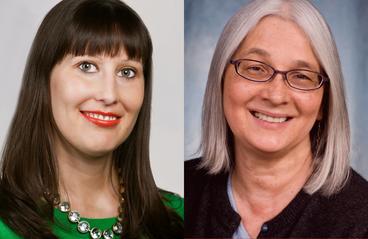Linda LeGarde Grover selects a small, green tin of mints from a drawer in her desk. The word “Zaagibagaang” (ZAH-Gee-Buh-GAH-NG) is painted on the top. She places it in a box, seals it shut and addresses it. She is sending a reminder to a family member to remember what the elders taught.
Linda is an American Indian Studies professor at UMD who is part of Zaagibagaang, a Minnesota Chippewa Tribe (MCT) grassroots organization. Zaagibagaan's primary mission is encourage MCT members to become more involved in our tribal governments through learning about the tribal constitution and exercising their right and privilege to vote. Zaagibagaang was also formed to pass on language and culture to children and the community through educational activities.
Linda was captivated by Zaagibagaang’s mission and joined in the spring of 2017. She was encouraged by her colleague at UMD, Jill Doerfler, who was one of the founding members. Jill is also part of the American Indian Studies program as an associate professor.
EDUCATION: PAST AND FUTURE
Zaagibagaang has produced videos and educational materials to help bring awareness to something not many people know about.
"We share stories about how the MCT was established and how it works today,” Jill says. “Our major effort is to encourage people to participate in tribal government."
The MCT educational videos and texts can be found on their Facebook page and website. The titles of these videos include “The Seven Teachings” and “What is Sovereignty?” Some of these videos even have an Ojibwe version.
LEARNING A WAY OF BEING
As a young girl, Linda would often be told to “Learn something new today. Learn something new every day and always look around.” These teachings made her realize that the MCT culture is a way of being, and she wants to pass these lessons onto the next generation, which was done for her.
“Zaagibagaang has been a wonderful thing for my family,” Linda says. “It has drawn us together in a way that connects us in the old fashioned tradition, and we’re connected better than we’ve ever been.”
“It’s a contemporary way of disseminating information, but the way it’s being done… is the way that I knew when I was a girl,” Linda says.
Whether it’s through education or feeling an emotional tie to something, Zaagibagaang connects people together. They are bridging the gap between youth and elders.
About the Department of American Indian Studies

